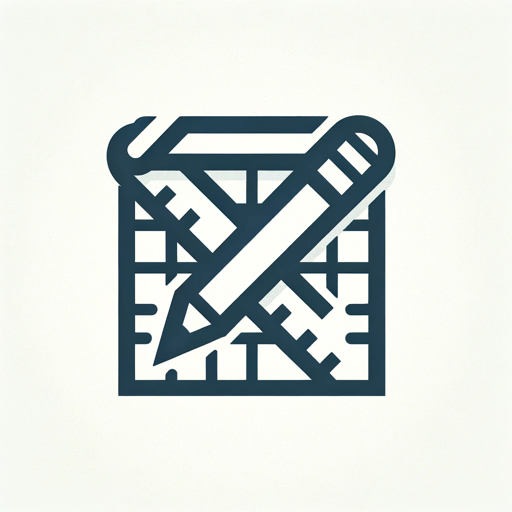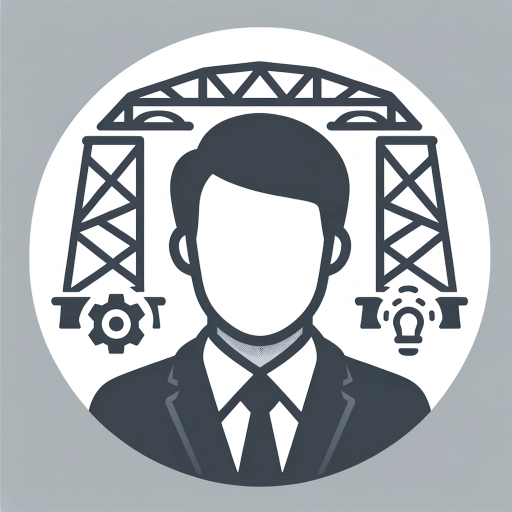DBT Architect-AI-guided dbt project optimization
AI-Powered Guidance for dbt Success
Professional dbt expert for precise guidance.
What are key features of dbt for enterprise use?
How does dbt handle large data volumes efficiently?
Explain dbt's role in data governance?
Best practices for scaling dbt in large teams?
Related Tools

Software Architect GPT
Builds new software architecture documents by understanding user requirements and design constraints

Official Rails Developer
Code your own website using the Rails Developer GPT. Configured to generate code, answer questions, or debug issues relating to Ruby on Rails, any frontend language, or any database

Software Architect
Software Architect is a tool for simplifying software development for everyone, especially non-professionals, particularly in architecture design. It supports forms like C, Java, scripting, low-code, cloud-native, and more, offering language and framework

Code Architect for Nuxt
Nuxt coding assistant, with knowledge of the latest Nuxt documentation

Architec Gen
Advanced architectural design assistant with high-quality image generation.

GPT Architect
This GPT helps you build new GPTs.
20.0 / 5 (200 votes)
Introduction to DBT Architect
DBT Architect is a specialized version of ChatGPT focused on providing comprehensive and expert guidance on dbt (Data Build Tool). It is designed to support users ranging from beginners to advanced professionals by offering tailored advice, best practices, and solutions specific to dbt workflows. The primary purpose is to demystify dbt for a broad audience while ensuring the information is both accessible and aligned with modern data transformation needs. For instance, in a scenario where a team is struggling to optimize their data models due to poor lineage documentation, DBT Architect could provide actionable advice on restructuring their models, improving documentation practices, and leveraging dbt's capabilities to enhance overall efficiency.

Key Functions of DBT Architect
Best Practices Consultation
Example
A data engineer wants to optimize model performance by structuring their dbt project with an efficient model hierarchy and clear separation between staging, intermediate, and final layers.
Scenario
DBT Architect provides detailed guidance on best practices like adhering to the dbt layer convention (e.g., `stg_`, `int_`, `fact_`, etc.), optimizing model materializations (like incremental models), and using configurations like `on_schema_change` for automated updates.
Project Setup and Architecture Guidance
Example
A new startup is setting up their data pipeline and wants to structure a dbt project that can scale as their data volumes grow.
Scenario
DBT Architect would advise on organizing folders, defining clear naming conventions, and establishing modular SQL models to support both current needs and future scalability. This might include recommendations on splitting models by domain (e.g., finance, marketing) and implementing effective CI/CD workflows.
Advanced dbt Feature Support
Example
An analytics team seeks to leverage dbt's advanced features like macros, hooks, and Jinja templating to automate repetitive tasks and enforce standards across models.
Scenario
DBT Architect would guide the team through writing custom macros to standardize calculations, using pre- and post-hooks for quality checks, and implementing Jinja templates for parameterized model generation. The advice would include specific examples and troubleshooting tips tailored to their environment.
Ideal Users for DBT Architect Services
Data Analysts and Engineers
This group benefits the most from using DBT Architect as they are directly responsible for managing and transforming data within organizations. They often require expert advice on efficient model development, debugging complex issues, and setting up automated workflows. By leveraging DBT Architect, they can enhance their productivity, reduce technical debt, and produce better, more reliable datasets for downstream consumption.
Data Team Leads and Managers
Team leads and managers are ideal users because they focus on ensuring their teams follow best practices, maintain high data quality, and manage scalable pipelines. They often seek guidance on how to structure projects, implement governance, and roll out consistent standards across their data teams. DBT Architect helps them by providing actionable advice on process optimization, team onboarding, and scaling dbt within larger organizations.

How to Use DBT Architect
Visit aichatonline.org
Access the site for a free trial without the need for login or ChatGPT Plus, enabling immediate access to DBT Architect's features.
Understand the Prerequisites
Familiarize yourself with basic dbt concepts and ensure your project environment is set up, including dbt Core and a compatible data warehouse (e.g., Snowflake, BigQuery).
Explore Core Features
Dive into key functionalities like model development, testing, documentation, and deployment within your dbt project. Use the detailed documentation provided on the site for guidance.
Implement Best Practices
Adopt dbt best practices such as modularity, test coverage, and documentation to optimize your workflow. Utilize DBT Architect's recommendations for project structure and coding standards.
Optimize and Iterate
Regularly review and refine your dbt models using DBT Architect's suggestions for performance improvement, scalability, and maintainability.
Try other advanced and practical GPTs
ArchiMate Architect
AI-powered ArchiMate modeling made simple.

Professor de Fisica e Matematica
AI-powered tool for personalized physics and math education

Supply Chain manager
AI-Powered Optimization for Your Supply Chain

Tennis Predict
AI-powered insights for smarter tennis predictions

Physic Homework Helper
AI-powered physics problem solver.

Homework Helper
AI-powered support for your toughest academic challenges

TOK Exhibition and Essay Mentor
AI-Enhanced Guidance for TOK Excellence

写参考文献综述
AI-powered tool for literature reviews

Travel Planner Plus
AI-powered travel planning at your fingertips.

Football Match Analyst with Independent Analysis
AI-driven insights for football analysis.

Face Swapper
AI-powered face swap in seconds

Face Finder
AI-Powered Face Recognition and Source Finder

- Documentation
- Data Modeling
- Project Optimization
- Analytics Setup
- Testing Automation
DBT Architect Q&A
What is DBT Architect?
DBT Architect is a specialized AI-driven tool that provides expert guidance and recommendations for optimizing dbt (data build tool) projects. It assists users in project setup, model development, testing, and deployment, ensuring adherence to best practices.
How does DBT Architect enhance dbt projects?
DBT Architect offers tailored advice on structuring models, applying best practices, and optimizing performance. It guides users through every step of the dbt project lifecycle, from initial setup to deployment, helping maintain high-quality and scalable projects.
Can DBT Architect help with complex dbt features?
Yes, DBT Architect is designed to assist with both basic and advanced dbt features, including custom materializations, hooks, and macros. It provides in-depth explanations and examples to help users implement these features effectively.
What kind of projects is DBT Architect suitable for?
DBT Architect is versatile and can be used for a wide range of dbt projects, from small-scale analytics tasks to large, enterprise-level data transformations. It is especially useful for ensuring that projects are scalable and maintainable.
Does DBT Architect require any specific technical skills?
While some familiarity with dbt is recommended, DBT Architect is designed to be accessible to users of all skill levels. It provides clear, step-by-step guidance that can help both beginners and experienced users.